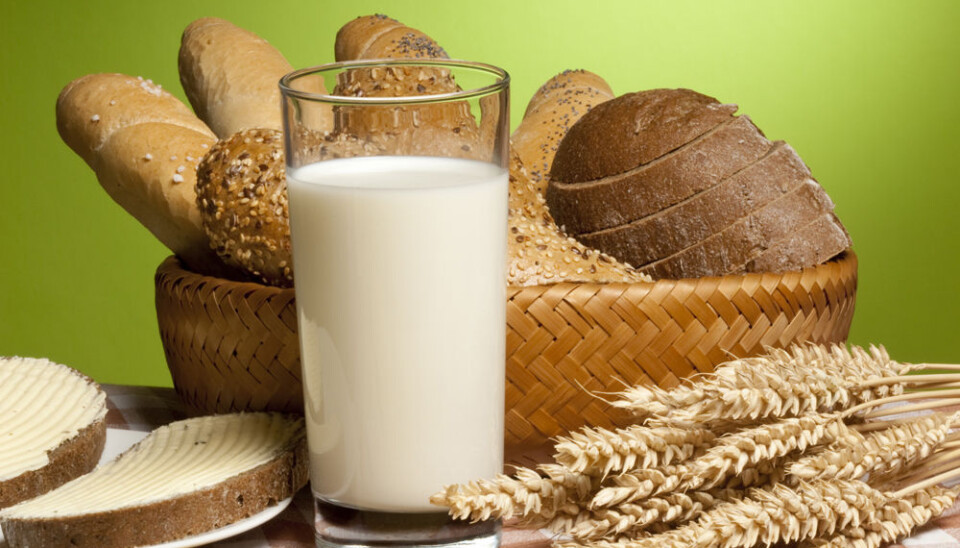
New boost for sustainable food production
A new technology is being used to analyse and help purify water used in the food industry. A quantum leap for sustainable production, says researcher.
Most people have milk or a cut of meat in their refrigerators without really being aware that food manufacturers use colossal amounts of water in their food production.
Water consumption in food production is one of the areas where there is a huge unexploited potential as we move towards sustainable food production technologies in the future, says Søren Balling Engelsen, a professor of plant food science at the University of Copenhagen. He is a member of a group of researchers from the university’s health department who are working with the food industry to find ways of improving the purification processes for the water used and re-used in food production.
Spectroscopy to measure water cleanness
Using a concept called Process Analytical Technology (PAT), the researchers will employ spectroscopy to monitor water flows in the industry and measure how clean the water is. PAT will exploit these measurements to control the water flow routes, improve filter technologies and cleanse the filters.
By sending light through the water and noting if any of it is absorbed, researchers can see how dirty the water is. If the water is clean, the light passes through it unhindered. But if it’s dirty, organic substances in the water will absorb the light – material that bacteria can live from.
The food industry needs new technology if it is to meet its environmental targets for the future. PAT represents a paradigm shift in sustainable production.
The greater the amount of light passing through the water, the cleaner the water is, and the more times it can be re-used.
Great improvements
“In this way the whole purification process is based on concrete and quickly-obtained measurements rather than old records about where the water was used before,” says the researcher. “This gives us some real quality parameters to use.”
The researchers will now set up the spectroscopes and other sensors on the filters in the water flows in the food production industry. This will provide them with real-time monitoring of the flowing water.
The measurement technology is not new – spectroscopy has been used for years to analyse atoms and the stars. But using the method to analyse process water is something completely new, and Engelsen sees new technological challenges and new process information arising from using spectroscopy’s in food production.
“Applying PAT technology to monitoring water flows is entirely new to us, so of course there are some interesting challenges ahead.”
Three percent water saving
Arla Foods, which makes dairy products in 13 countries, wants to save three percent of its water consumption – a very ambitious target considering Arla’s enormous consumption of water, says Engelsen. If the automated technology works in Denmark, he expects it will quickly spread to Arla’s other production countries.
Food industry is a ‘burning platform’
The University of Copenhagen is in talks with Danish meat producers, who want to introduce the technology in their food production to reduce their huge water consumption.
“The food industry needs new technology if it is to meet its environmental targets for the future,” says Engelsen. “PAT represents a paradigm shift in sustainable production.”
To date, developing new sustainable production methods has been slow, says the researcher.
“Implementing the technology in the industry has gone well so far,” he says. “But it’s also necessary. As a result of its problems with productivity, high wages and outsourcing, the Danish food industry is sometimes called a ‘burning platform’.”
Engelsen sees PAT quickly spreading to other sectors of food production as he believes it can turn the whole of this water quality area into an important competitive parameter for Danish food production.
Read the article in Danish at videnskab.dk
Translated by: Michael de Laine






